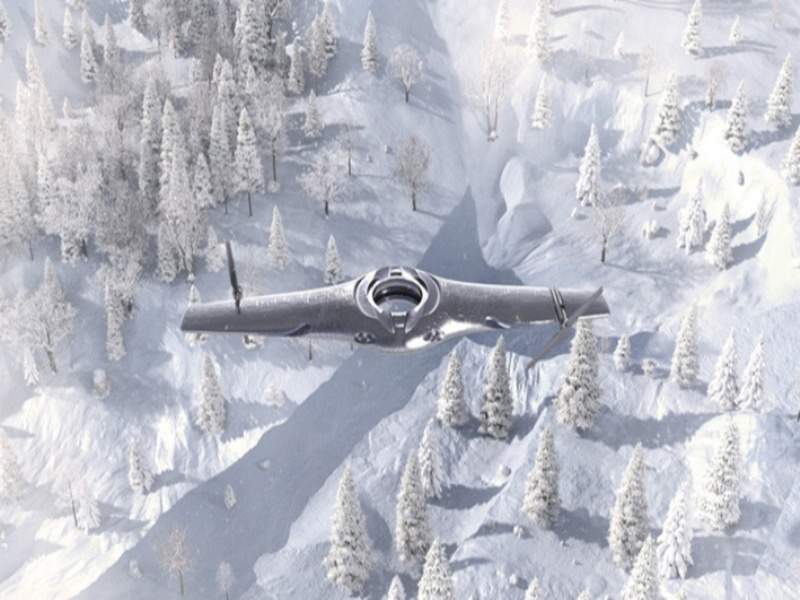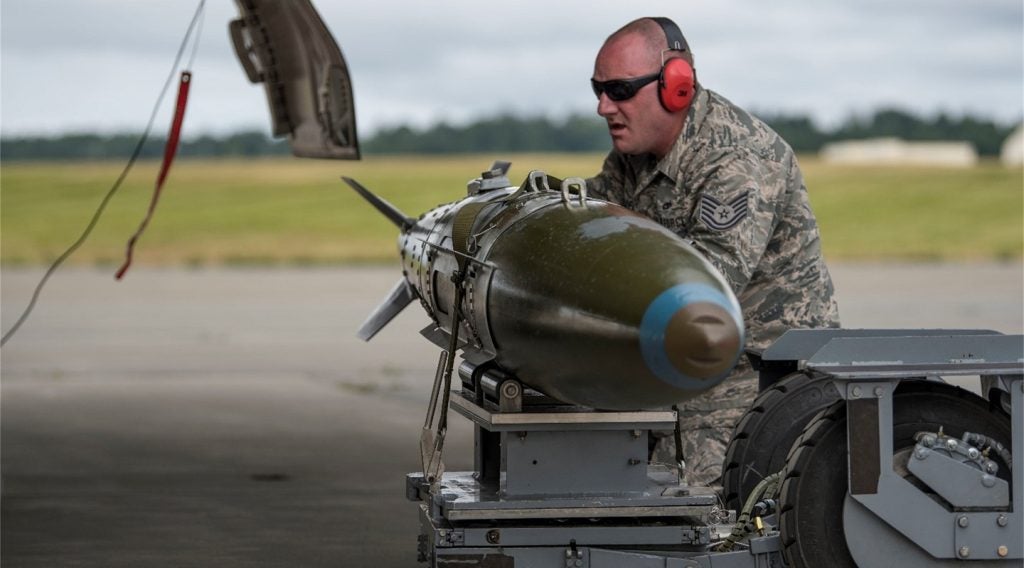
BAE Systems and Cranfield University have launched a new technology concept that involves unmanned aerial vehicles (UAVs).
The launch follows research conducted by engineers from BAE Systems and students from Cranfield University.
During the same mission, the Adaptable UAVs can alternate between two flight modes, including fixed-wing and rotary-wing.
BAE Systems Futurist and Technologist professor Nick Colosimo said: “The battlefield of the future will require novel solutions to meet emerging threats and to keep human operators safe wherever they may be.”
“The Adaptable UAVs concept and related technologies are one of a number of concepts being explored through close collaboration between industry and students in academia.”
The Adaptable UAVs use flexible flight control and advanced navigation and guidance software, BAE stated.
How well do you really know your competitors?
Access the most comprehensive Company Profiles on the market, powered by GlobalData. Save hours of research. Gain competitive edge.

Thank you!
Your download email will arrive shortly
Not ready to buy yet? Download a free sample
We are confident about the unique quality of our Company Profiles. However, we want you to make the most beneficial decision for your business, so we offer a free sample that you can download by submitting the below form
By GlobalDataWhen operating in rotary-wing mode, the UAVs can be launched and recovered from battlefields using a range of vehicles, while they can be docked on a special pole.
The pole constrains the lateral or sideways movement of the UAV when being launched or recovered to ensure that strong winds cannot dislodge them and to avoid any damage to personnel nearby, according to the statement.
To date, BAE Systems has developed several innovative technologies and invests in research and development to generate future products and capabilities.
The company currently has a portfolio of patents and patent applications covering approximately 2,000 inventions internationally.
Image: Within the next few decades, armed forces could be using UAVs with adaptable aircraft technologies that alternate between fixed-wing flight and rotary-wing flight. Photo: courtesy of BAE Systems.







